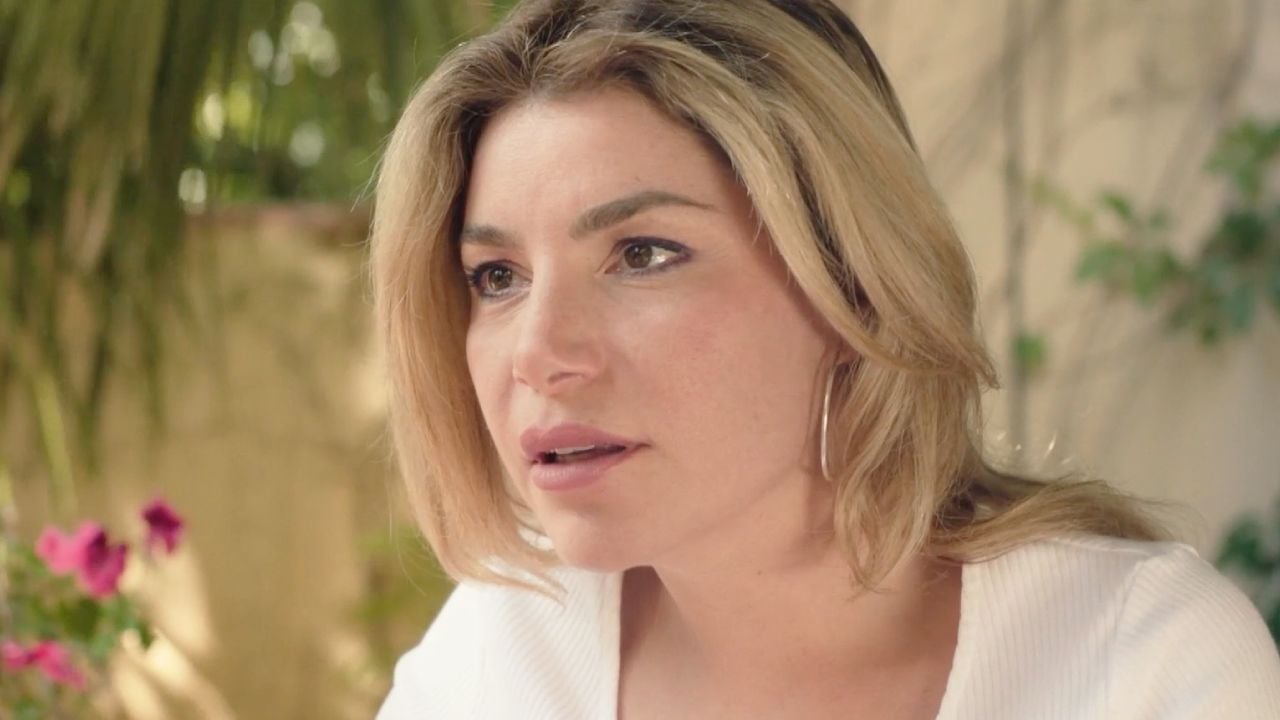It’s about keeping your mind still, your spine straight, and your heart at ease.
A line from the late Walter Franco’s song can be used to describe meditation. There are many types and ways. It can be practiced sitting or walking, but it is always a way to keep the mind calm (but not ‘without thinking’), the spine straight (but without forcing the posture too much) and the heart calm.
Seek to alter consciousness, find balance and achieve peace. And it has become increasingly popular because it is widely used to reduce stress. In addition, meditation can help keep blood pressure at the right level, reduce anxiety, decrease pain, relieve symptoms of depression and improve sleep.
There is no right or wrong way to meditate, but it is important to find the practice that best fits your needs and complements your personality. After all, not all styles of meditation are right for everyone.
The six popular types of meditation practice are mindfulness, spiritual, focused, movement, mantra, and transcendental. They require different skills and mindsets. According to meditation author and nutritionist Mira Dessy, the best practice is one in which the person feels comfortable and encouraged to practice.
html[data-range=”xlarge”] figure image img.img-691cfc79979fc9c9ef42fccb122408cc0bj8djgy { width: 774px; height: 516px; }HTML[data-range=”large”] figure image img.img-691cfc79979fc9c9ef42fccb122408cc0bj8djgy { width: 548px; height: 365px; }HTML[data-range=”small”] figure figure img.img-691cfc79979fc9c9ef42fccb122408cc0bj8djgy, html[data-range=”medium”] figure image img.img-691cfc79979fc9c9ef42fccb122408cc0bj8djgy { width: 564px; height: 376px; }
Know the characteristics of each of them.
Mindful meditation
Originating from Buddhist teachings, it has become the most popular in the West today, combining concentration and mindfulness. The guideline is to pay attention to your thoughts as they pass through your mind, without judging them or getting involved with them. It can be helpful to focus on an object or on your breath while noticing bodily sensations, thoughts, or feelings. It can be practiced easily without the guidance of a teacher.
mantra meditation
Originally from Hindu and Buddhist traditions, it uses repetitive sound to clear the mind and try to reach deeper levels of consciousness. There are several like Om Mani Padme Hum but the most popular is the Om sound. It can be a word, phrase, or sound, such as the popular “Om.” After chanting the mantra for some time, the practitioner will be more alert and in tune with their environment, allowing access to deeper levels of consciousness.
transcendental meditation
While mindfulness is most popular in the west, transcendental is the best known worldwide and the most scientifically studied. Unlike mantra meditation, each practitioner receives a mantra specific to him, given by the instructor, to help him achieve the state called ‘wakeful rest’, in which one is neither awake nor asleep, but relaxed and aware. It was brought to the West in 1958 by the Indian Maharishi Mahesh Yogi.
spiritual meditation
It is similar to prayer, as the person reflects on the silence around them and seeks a deeper connection with their God or Universe. To enhance the spiritual experience, it is common to use incense or burn essential and aromatic oils. Indicated for those seeking spiritual growth, it can be practiced at home or in a place of worship.
focused meditation
It involves concentration using any of the five senses. For example, focusing on something internal, like your breath, or you can bring in external influences to help you focus your attention, like focusing on a candle flame or hearing a gong. It can be difficult for beginners to stay focused for more than a few minutes at first. If your mind wanders, it’s important to return to practice and refocus.
movement meditation
This practice can include forest walks, gardening, qigong, and other gentle movement activities. It is an active form of meditation where movement guides you. It is for people who find peace in action and prefer to let their minds wander.
Ideally, start with both types by practicing for short periods, up to five or ten minutes, and build from there. However, it is common for TM practitioners to practice for 20 minutes twice a day.
It is important not to forget that meditation should not be forced, because if that happens, it becomes a daunting task. There are so many different forms of meditation that if someone doesn’t feel comfortable with the one they are practicing, it is possible to choose another.
Source: Terra
Ben Stock is a lifestyle journalist and author at Gossipify. He writes about topics such as health, wellness, travel, food and home decor. He provides practical advice and inspiration to improve well-being, keeps readers up to date with latest lifestyle news and trends, known for his engaging writing style, in-depth analysis and unique perspectives.









